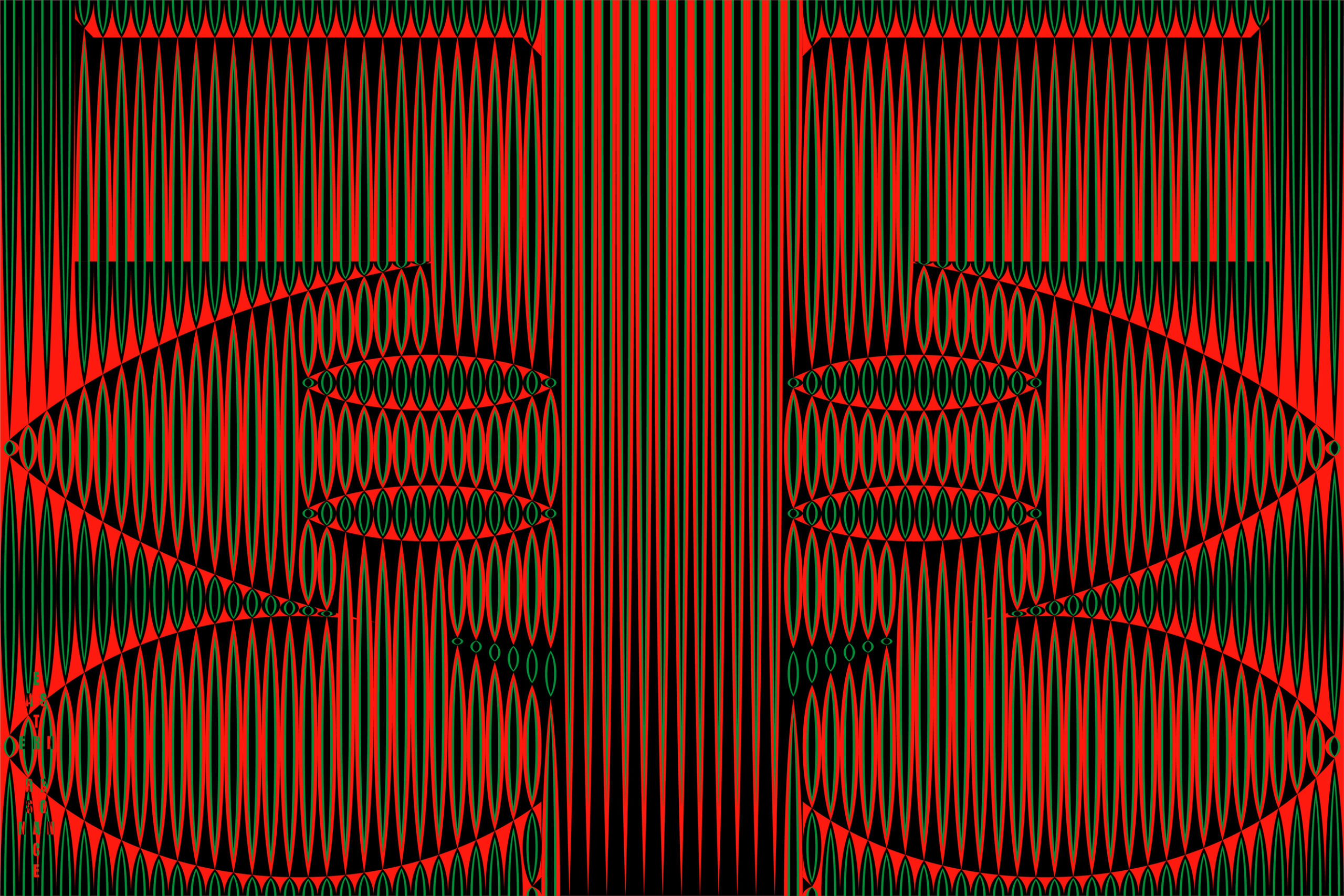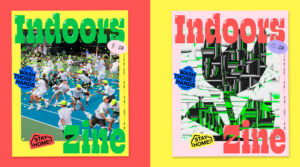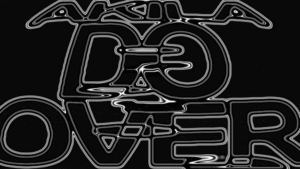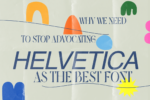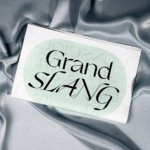Exploring Chae Byungrok’s portfolio, one cannot help but be captivated by his expressive and abstract works, through which he communicates his fresh and innovative perspective. As an expressionist, the Seoul-based graphic designer demonstrates how his creative development was influenced by Japanese graphics and the teachings of Professor Sato Goichi. Drawing inspiration from his experiences in both Japan and Korea, Chae’s approach combines cultural influences, creative expression, and playfulness, resulting in bold typographic posters that fill the canvas with dynamic forms.
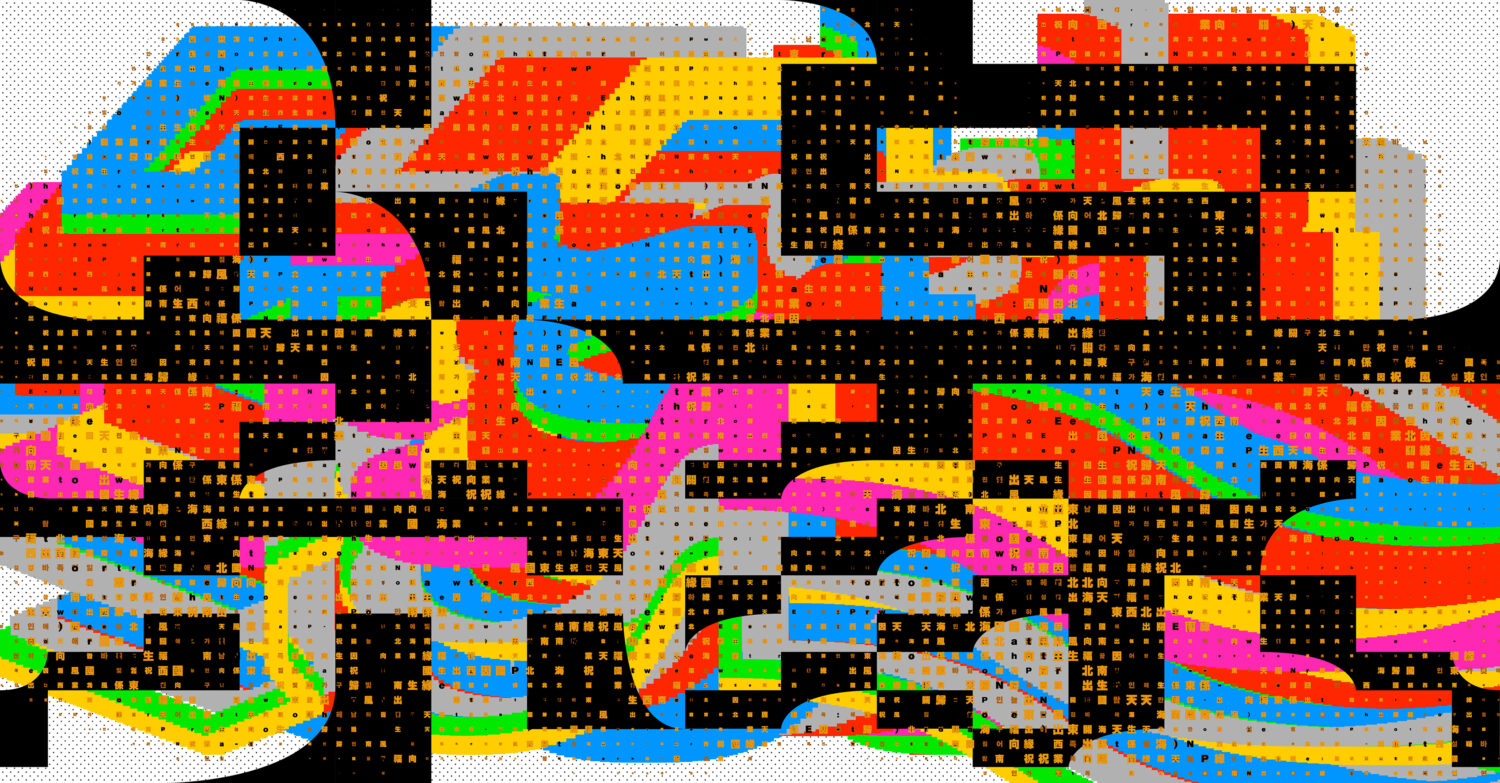
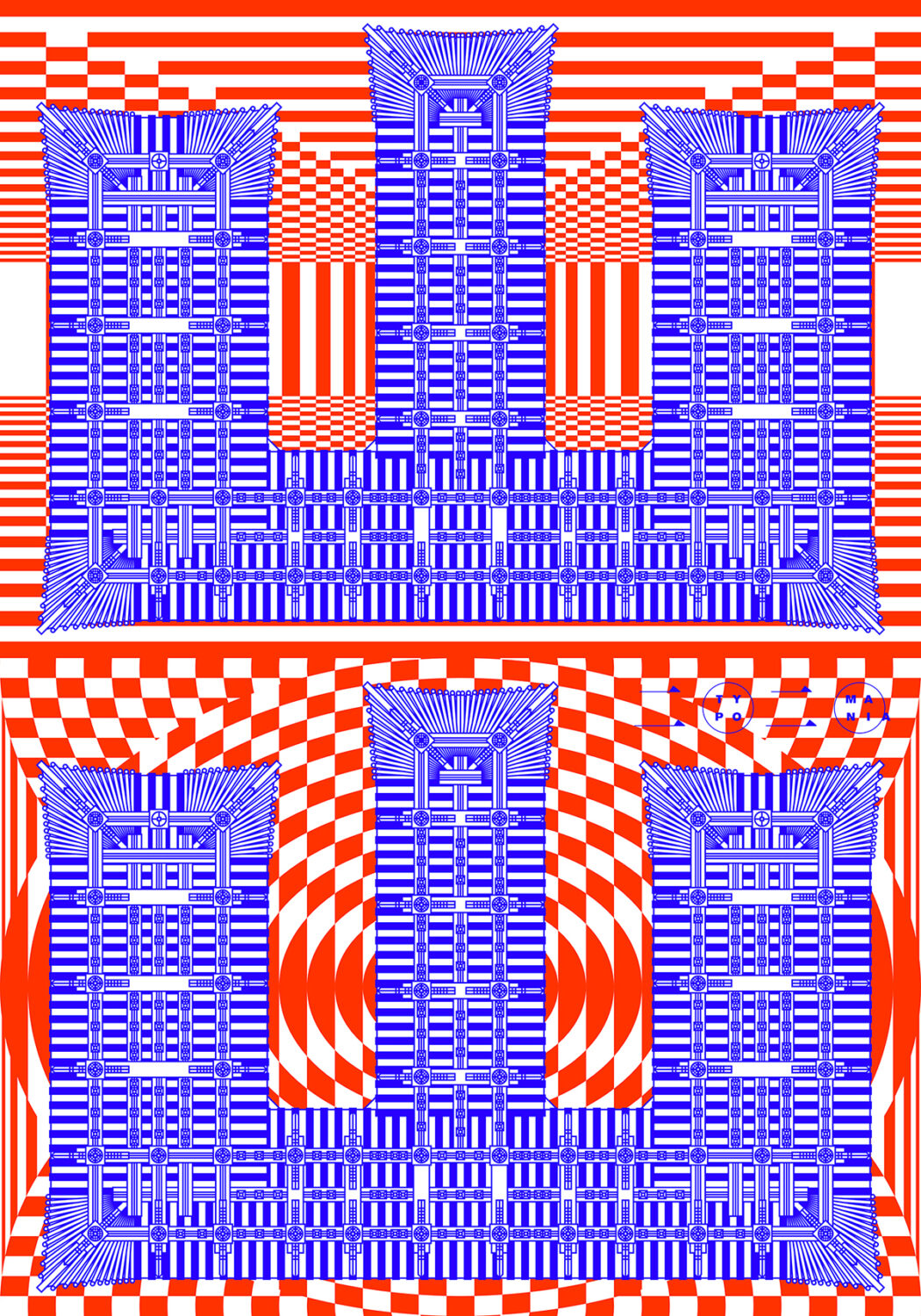
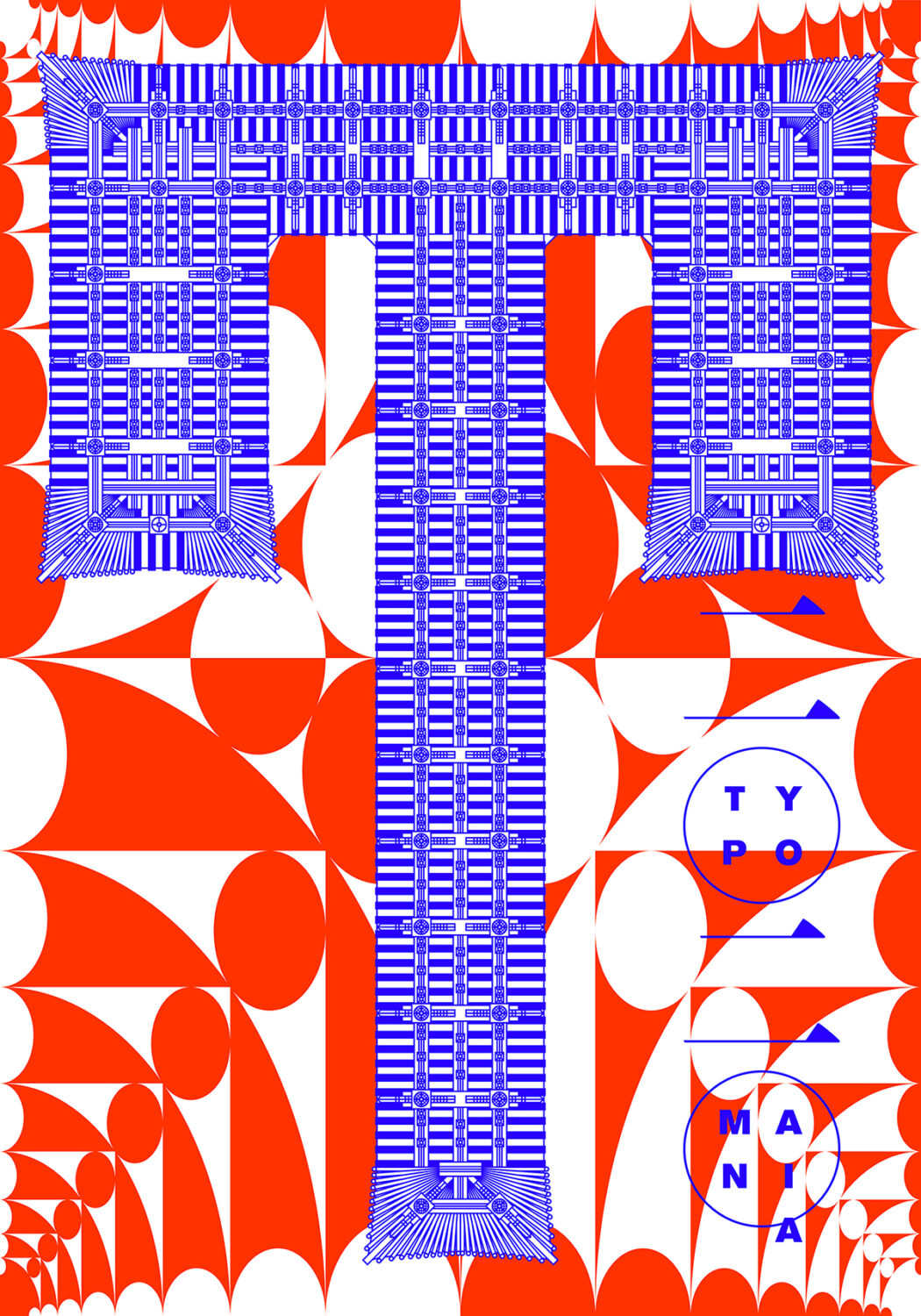
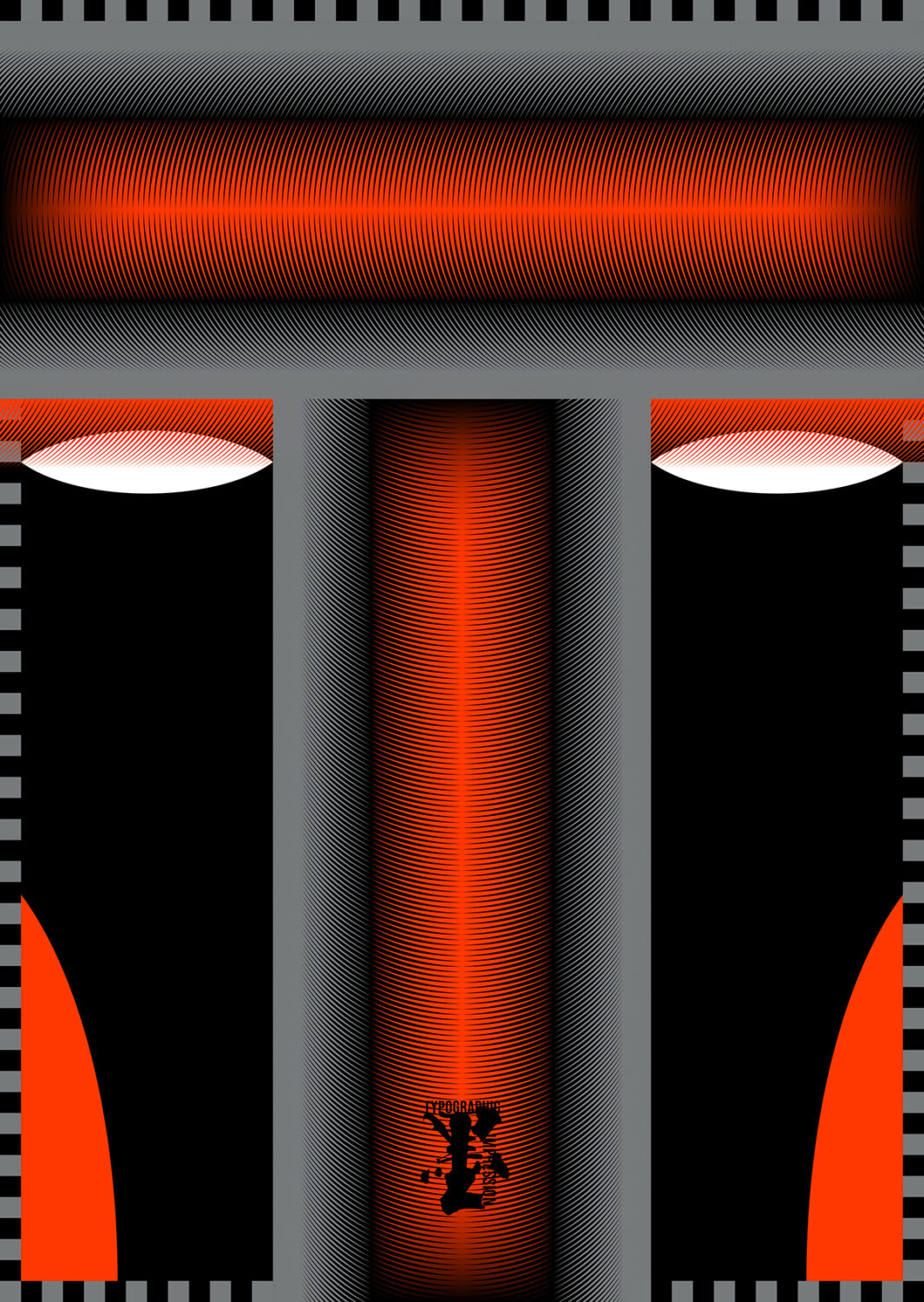
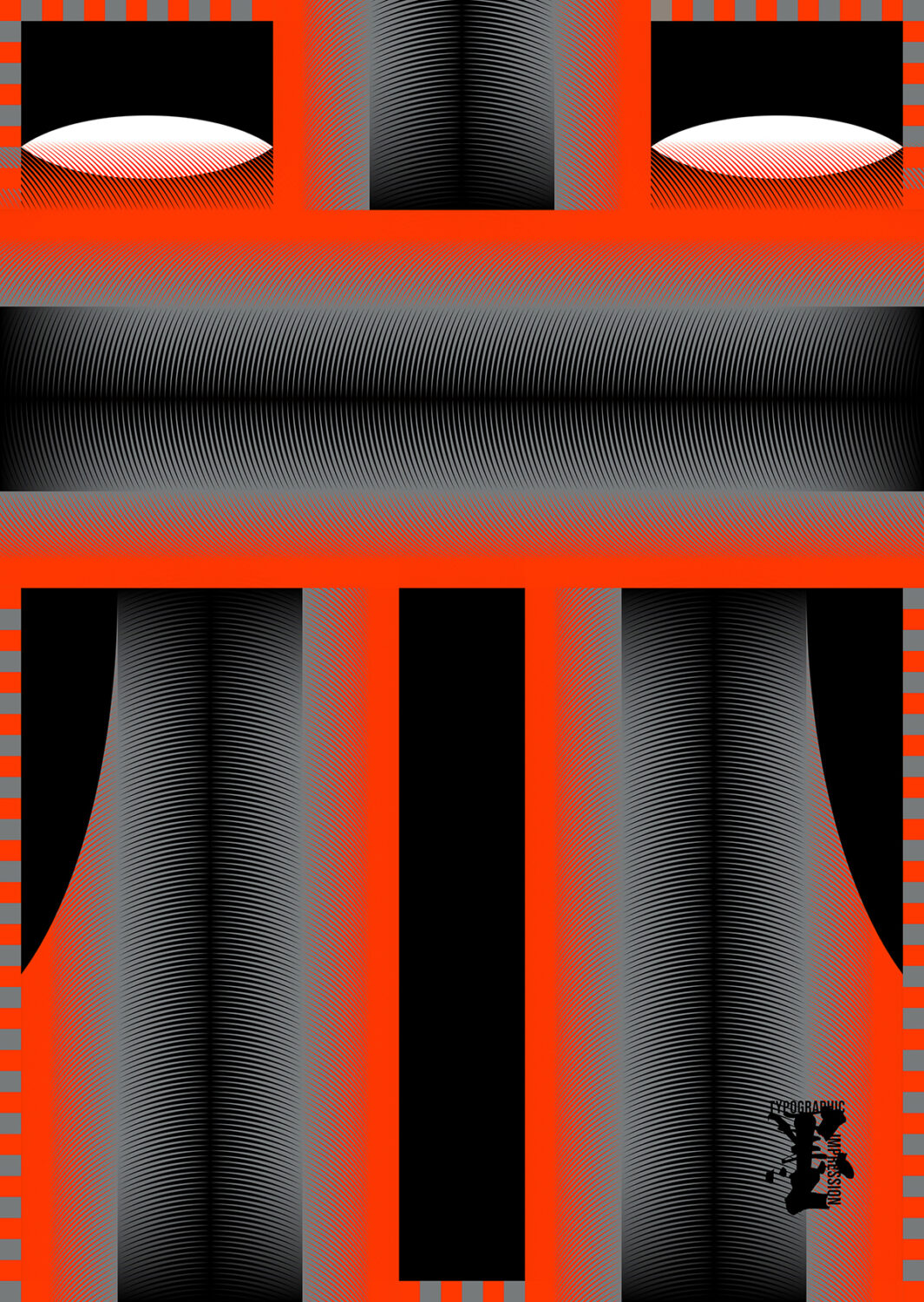
In this discussion, he delves into his approach to balancing traditional and contemporary elements, the influence of the Korean writing system (Hangul), and his unwavering commitment to developing his own personal practice through constant experimentation. Recognising the challenge of maintaining his personal creative vision while meeting the needs and expectations of his clients, he reveals his strategy for effectively managing this delicate balance, which involves consistently pushing the boundaries of his work.
1. How did your education and experiences in Japan shape your approach to design, and what motivated you to start your own studio in Seoul?
일본의 그래픽은 어린 시절 내 동경의 대상이었고, 그들이 긴 시간 동안 쌓아온 표현적 연구에 대해 굉장한 흥미를 느꼈었다. 그런 것들을 자신만의 표현 방식이 확고한 일본을 대표 디자이너이자 존경하는 교수(사토 고이치)에게서 전수받고자 했는데 그에게 배웠던 것이 많은 자극이 되었다. 스스로에게 집중할 수 있는 시기였고 배움을 통해 얻어진 경험적 가치가 온전히 그래픽에 투영되어 성장하는 계기가 됐다. 형태를 바라보는 관점에서 굉장히 진지해졌고 나만의 정체성을 확립할 수 있는 과정이었다.
늦게 시작한 유학이고 공부를 연장한 탓에 나만의 소속감 즉 내가 주체적으로 무언가를 만들어 보고싶은 계획이 있었다. 일본에 머물면서 회사나 스튜디오를 다닐 수도 있었지만 그것보다도 나의 백그라운드 한국에 대입시켜 보고 싶은게 도전 과제이기도 했고, ‘나’라는 정체성을 확립하기 위해 다른 곳이 아닌 고국에서 주체적으로 펼쳐보는게 가장 큰 동기였다.
Japanese graphics captivated me during my childhood, and I was fascinated by the extensive research they had developed over time. I had a strong desire to learn from Professor Sato Goichi, a renowned designer and professor who embodies a powerful and distinctive Japanese expression style. The knowledge and inspiration I gained from him greatly influenced me.
During this period, I was able to focus on my personal growth, and the practical knowledge I acquired was fully reflected in my work, serving as a catalyst for my development. I became more dedicated to studying various forms, and through this process, I was able to establish my own artistic identity.
Because I started my studies abroad later than others and extended my educational journey, I had a clear plan to create something independently. While I could have chosen to stay in Japan and work for a company or studio, I was motivated to challenge myself by incorporating my background from my home country of Korea. Establishing my own distinctive identity and independently showcasing it in my homeland became my biggest source of motivation.
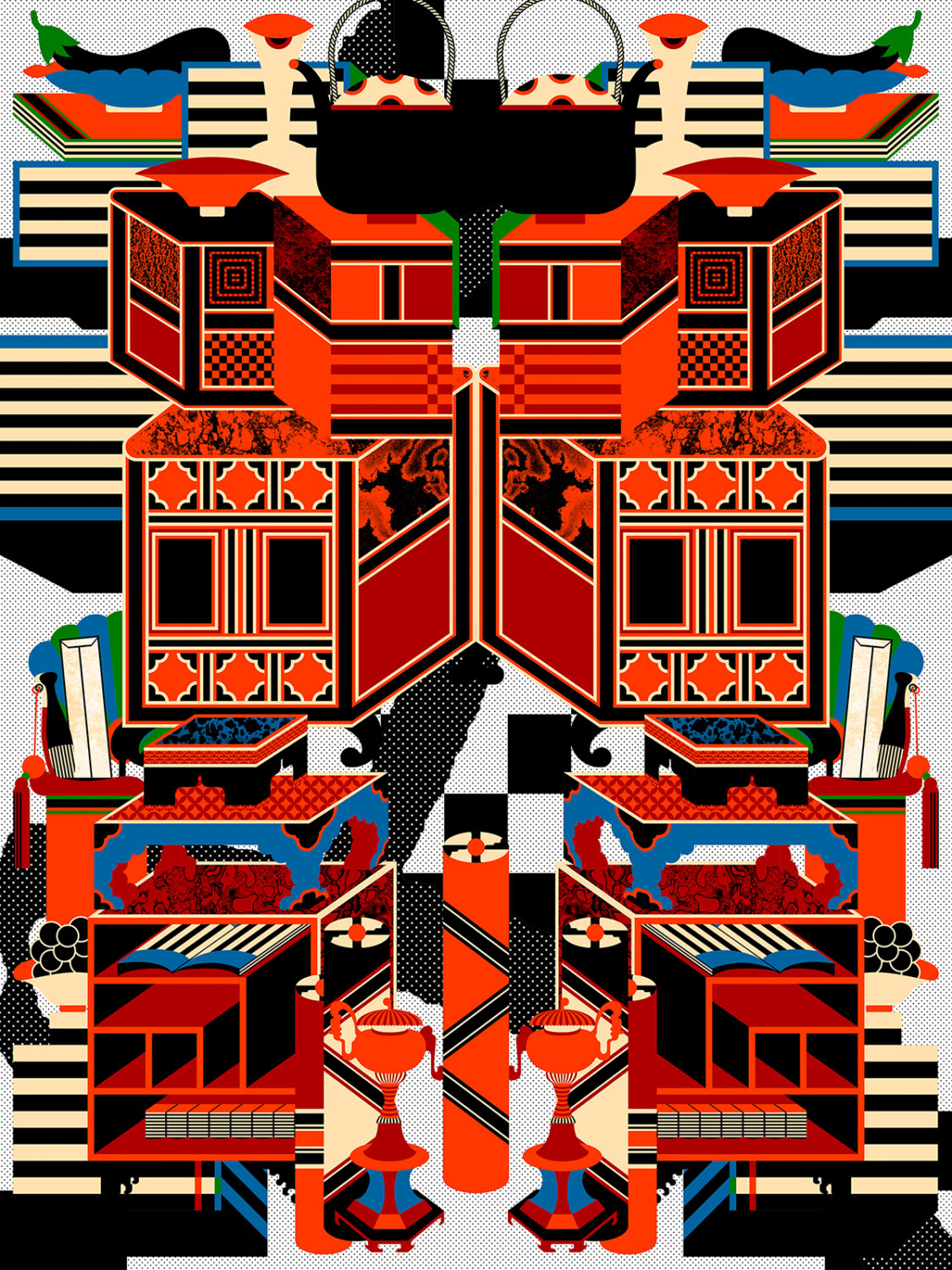
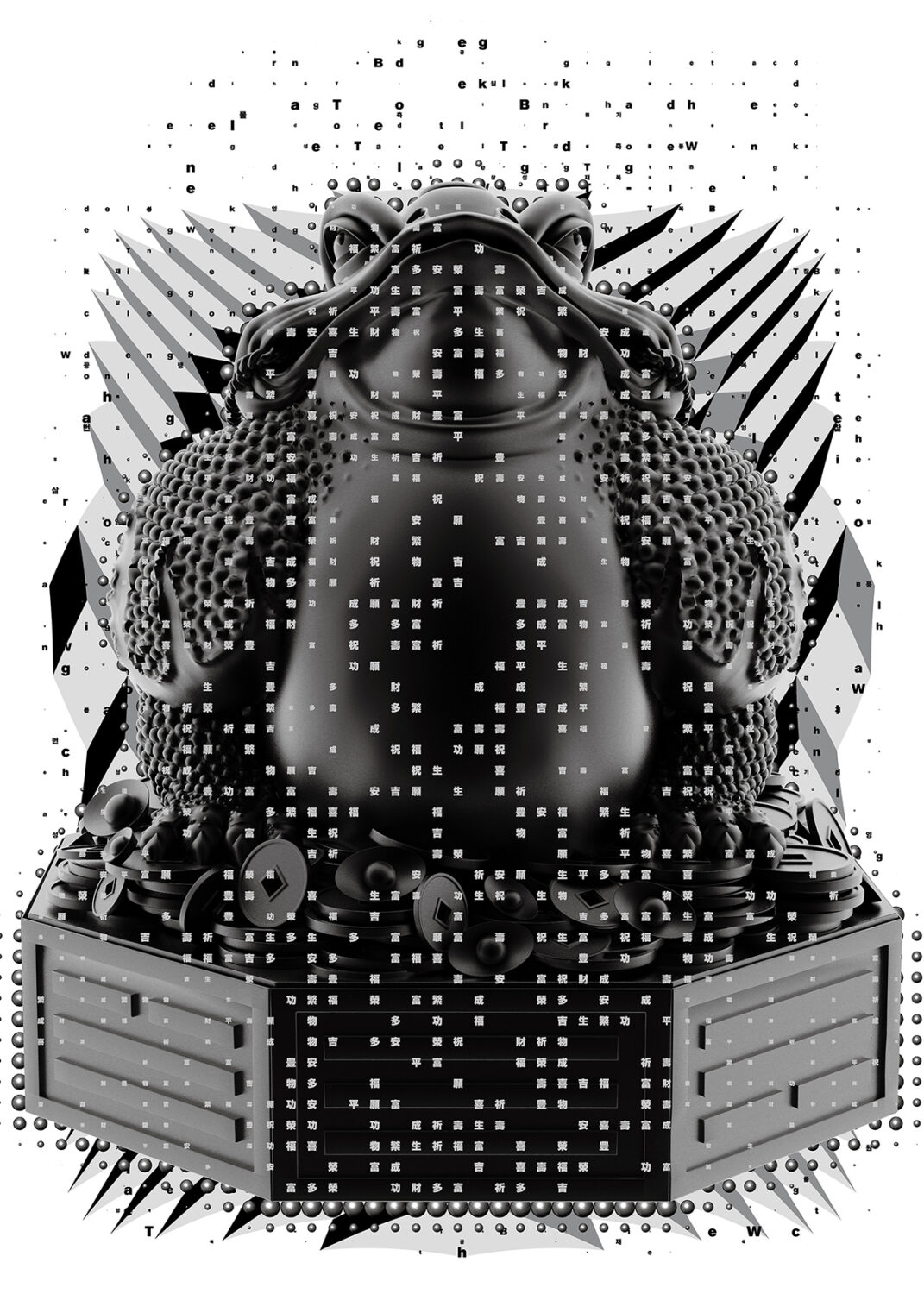
2. As a graphic designer who works with clients from all over the world, how do you incorporate cultural factors into your design process?
내가 꾸준히 해왔던 밀도 높은 작업과 형태를 시각화하는 작업이 굉장히 이국적인 문화요소로 작용했던 것 같다.
국내외 작업을 할때도 문화적 차이의 한계선을 두는 것 보다는 클라이언트가 바라는 context를 가장 중요하게 생각하고 심도있게 고민하며 깊이 연구하여 그게 나만의 색으로 시각적으로 표현될 수 있도록 풀어나가다 보면 ‘문화적 요소’라는 것은 자연스럽게 내포된다고 생각한다.
It appears that the thorough work and visualisation of the form that I have consistently been doing have served as a very unique cultural element. When working both domestically and internationally, instead of drawing a clear boundary line of cultural differences, I prioritise understanding the context desired by the client. I believe that ‘cultural elements’ are naturally implied when I deeply think and study about it, allowing me to visually express them in my own way.
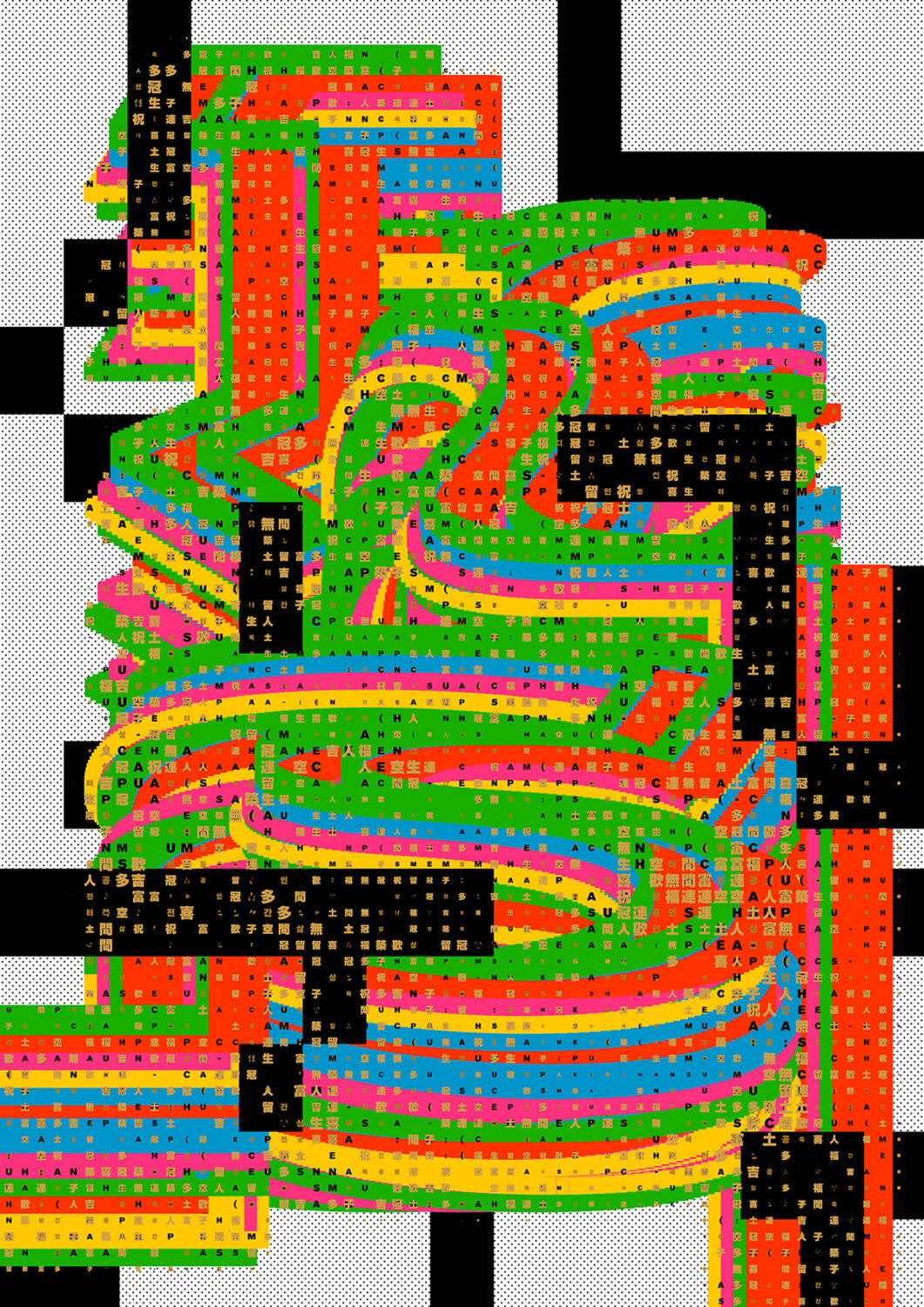
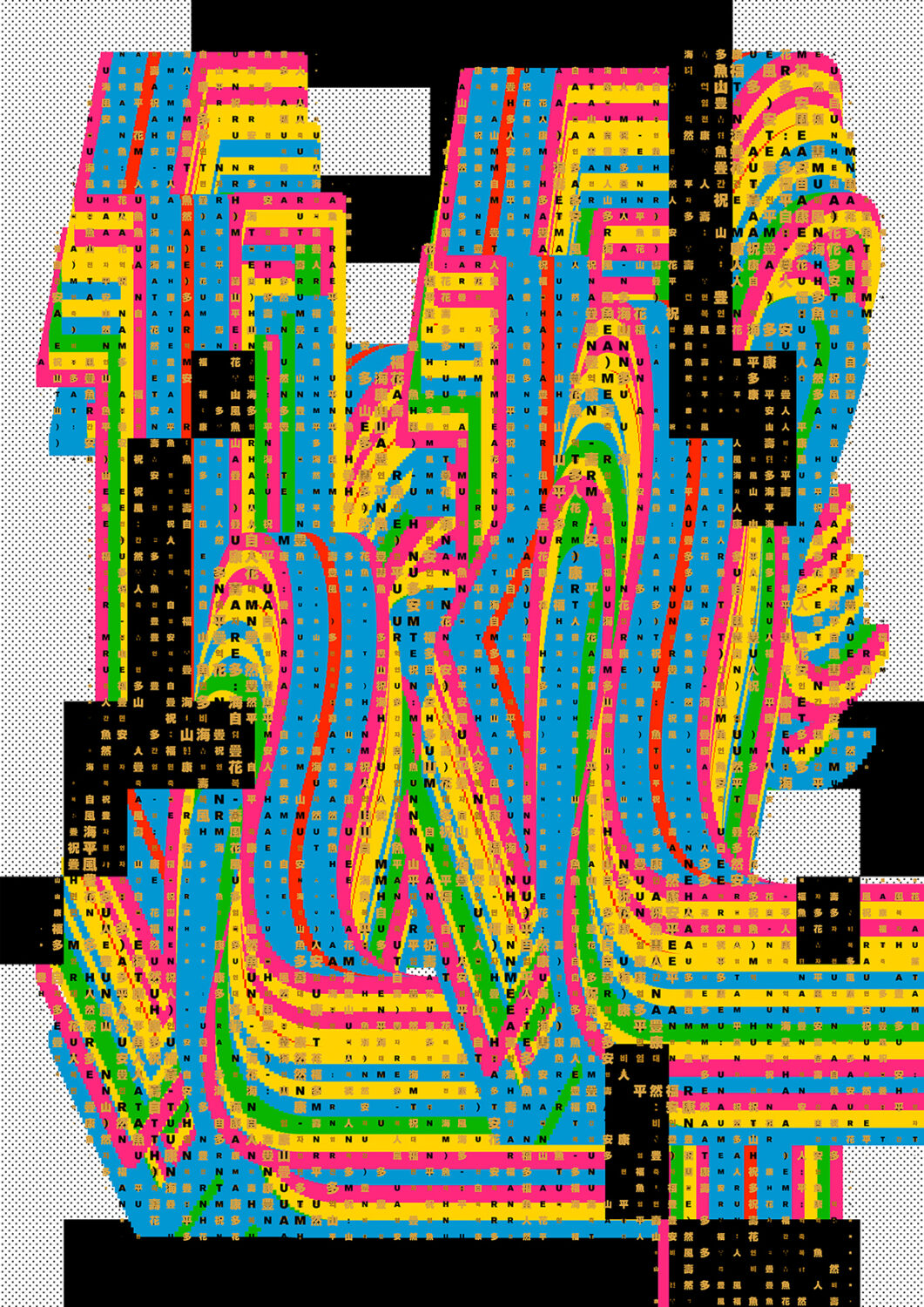
3. The Korean writing system, Hangul, is known for its unique and phonetic nature. Do you incorporate Hangul characters in your work, and if so, how do you balance traditional and contemporary elements when working with this writing system?
한글이라는 언어는 굉장히 과학적으로 만들어진 문자이다, 그런 우수한 언어를 쓸 수 있다는 것을 자랑스럽게 생각한다. 그렇다고 내가 꼭 한글이라는 ‘문자’로만 작업하는 사람은 아니다. 오히려 한글이 내포하는 의미라든지 글자 자체의 형태적 요소를 이미지적 문자로 재해석하는 것에 관심을 갖는편이 라고할까.
월드와이드한 작업을 고려해보면 공용어가 아니기때문에 외국에서 읽혀지지 않는 부분에 대해 조심스러울 때가 있었는데, 문자는 필수불가결하게 어떠한 의미를 내포하기때문에 그것을 오히려 아주 단순한 의미로 명쾌하게 시각적으로 해석하는 작업에 몰두하는 편이다. 그러한 오리엔탈을 추구하는 과정을 보통은 촌스럽고 오래된 낡은 것이라 생각하는 경향이 있기에 그런 생각들을 뒤집을 수 있는 요소를 많이 가미하곤 한다. 예를 들면 기학학적 접근 방식일수도 있고, 문자를 해체 또는 입체화하는 것처럼 현대적이고 테크놀로지한 요소들과 함께 시각화하는 작업이 내가 하고 있는 작업의 메인 과정이다.
The Korean language ‘Hangul’ is a very scientifically constructed script, and I am proud to be able to use such a phenomenal language. But I’m not necessarily a person who only works with the ‘character’ of Hangul. Rather, I’m interested in reinterpreting the meaning of Hangul and the morphological elements of the letter itself with image letters.
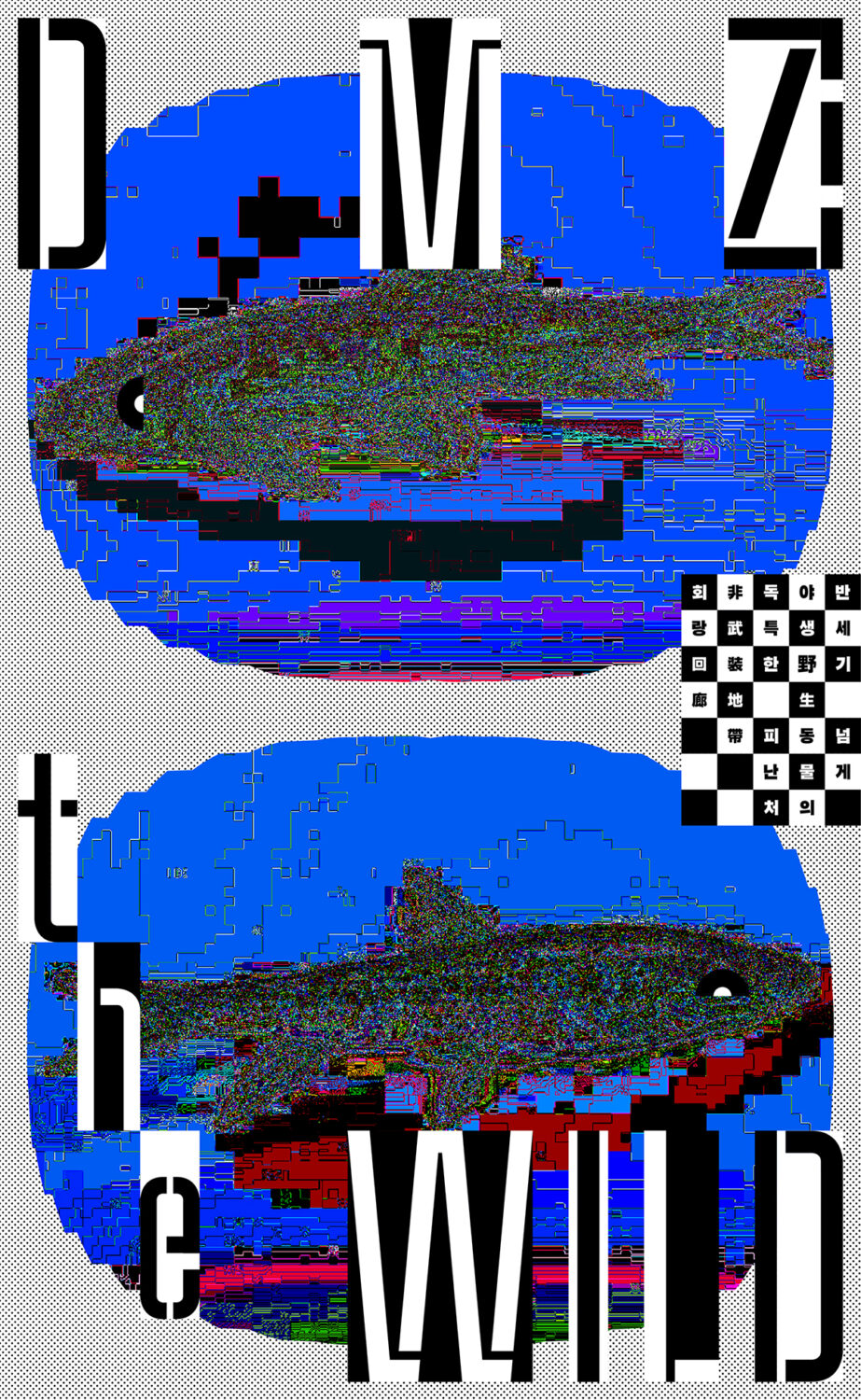
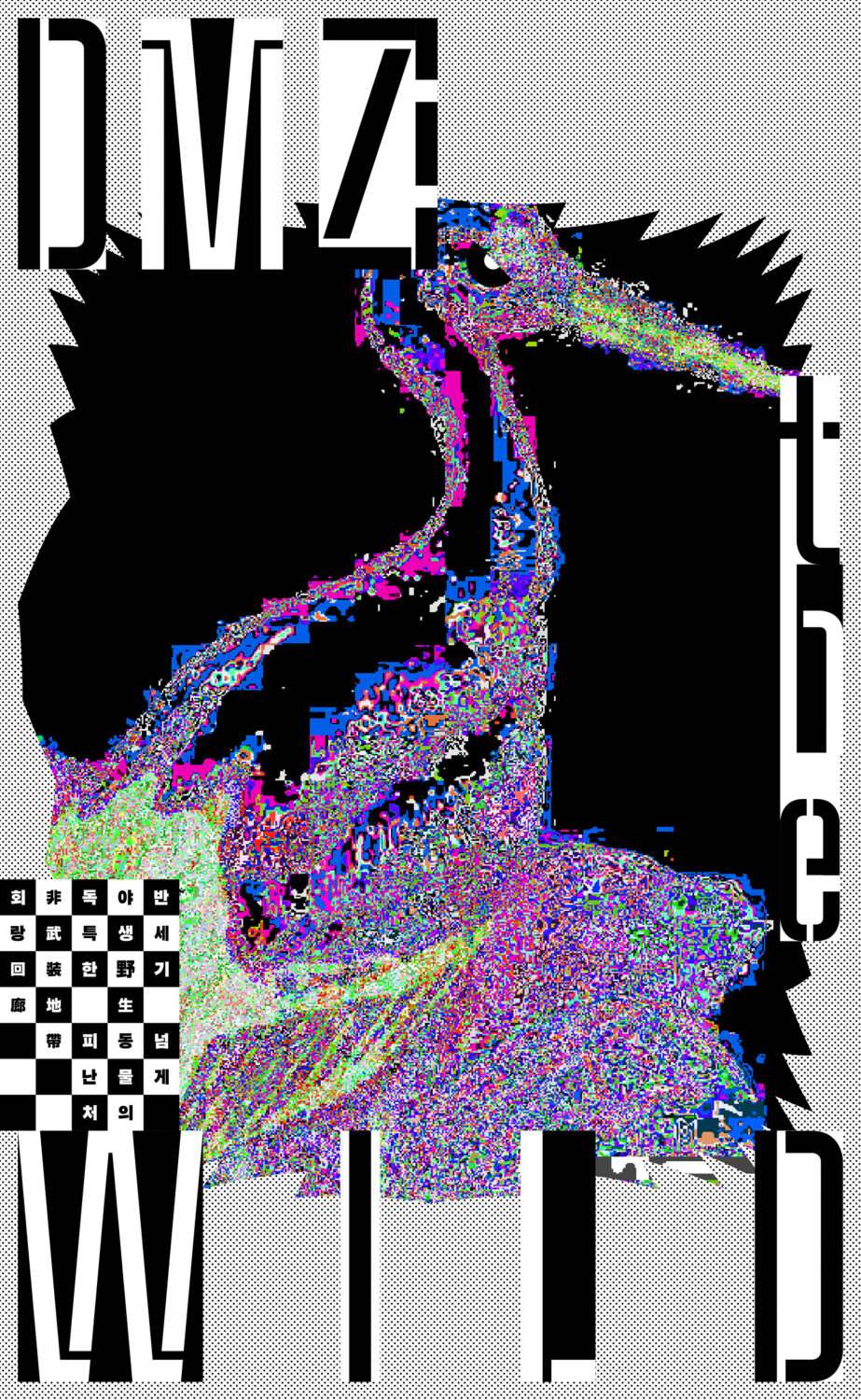
When considering global work, it is important to note that Hangul is not a universal language. Therefore, I was careful about parts that would not be understood in foreign countries. However, since letters inevitably contain a certain meaning, I tend to focus on interpreting them visually in a clear and simple way. The process of pursuing such an approach is often seen as outdated and old-fashioned, so I incorporate many elements that can challenge those preconceptions.
For instance, I may take a geometric approach and visualise characters using modern technological elements, such as deconstructing or dimensionalizing them. Visualising work with these elements is the main process of my work.
4. Balancing a constant approach as an expressionist while adapting to different design briefs and client requirements can be challenging. Can you discuss how you manage this balance and ensure that your creative vision is preserved while meeting the needs and expectations of your clients?
큰 스튜디오나 조직 안에서 일을 의뢰받을 때는 대체적으로 많은 스트레스와 프레셔를 받을 수 있다. 나도 예전에 기업에 소속된 주니어 디자이너일때 경험해봤고. 그러나 그런 방식은 긴 역사 동안 디자이너의 본질적인 역할이었다고 말하지 않을 수 없다.
내가 어떤 지점을 향해 꾸준히 성장하고 발전하면서 나를 표현하는 작업들이 아카이빙 됐을때, 역으로 클라이언트들이 그것을 보고 협업을 제안하곤한다.
예전에 비해 매체가 다양하고 많아짐에따라 일도 종류가 다양해지고 요구하는 스펙트럼도 꽤나 넓어졌다. 그러나 모든 장르의 일을 다 할 수 없기때문에 집중할 곳에 집중한다. 내가 하고자하는 궁극적인 요소들을 꾸준히 표현주의적으로 발전해나가면 결국 클라이언트들은 그 부분에 매료되어 내게 작업을 요청하고, 그러한 비즈니스 스타일이 오히려 나에게는 더 즐겁고 효과적인 과정이 되어서 더욱 나 자신의 아이덴티티와 창의성을 굳건하게 만들 수 있었다.
When working in a large studio or organisation, it is common to experience a significant amount of stress and pressure while fulfilling your responsibilities. I personally experienced this when I was a junior designer at a company. However, it is undeniable that this demanding work environment has been an inherent aspect of the designer’s role throughout history.
When my works, which express myself while steadily growing and developing, are archived, clients often see them and propose a collaboration.
With the increasing diversity of media, the types of work have diversified and the required spectrum has expanded considerably. However, since I can’t do all genres of work, I choose to focus on specific areas where I can fully concentrate my efforts.
By consistently developing my own expressive style of work, clients become fascinated by these unique aspects and often request to collaborate with me. This business style has not only become more enjoyable and effective for me, but it has also strengthened my own identity and creativity.
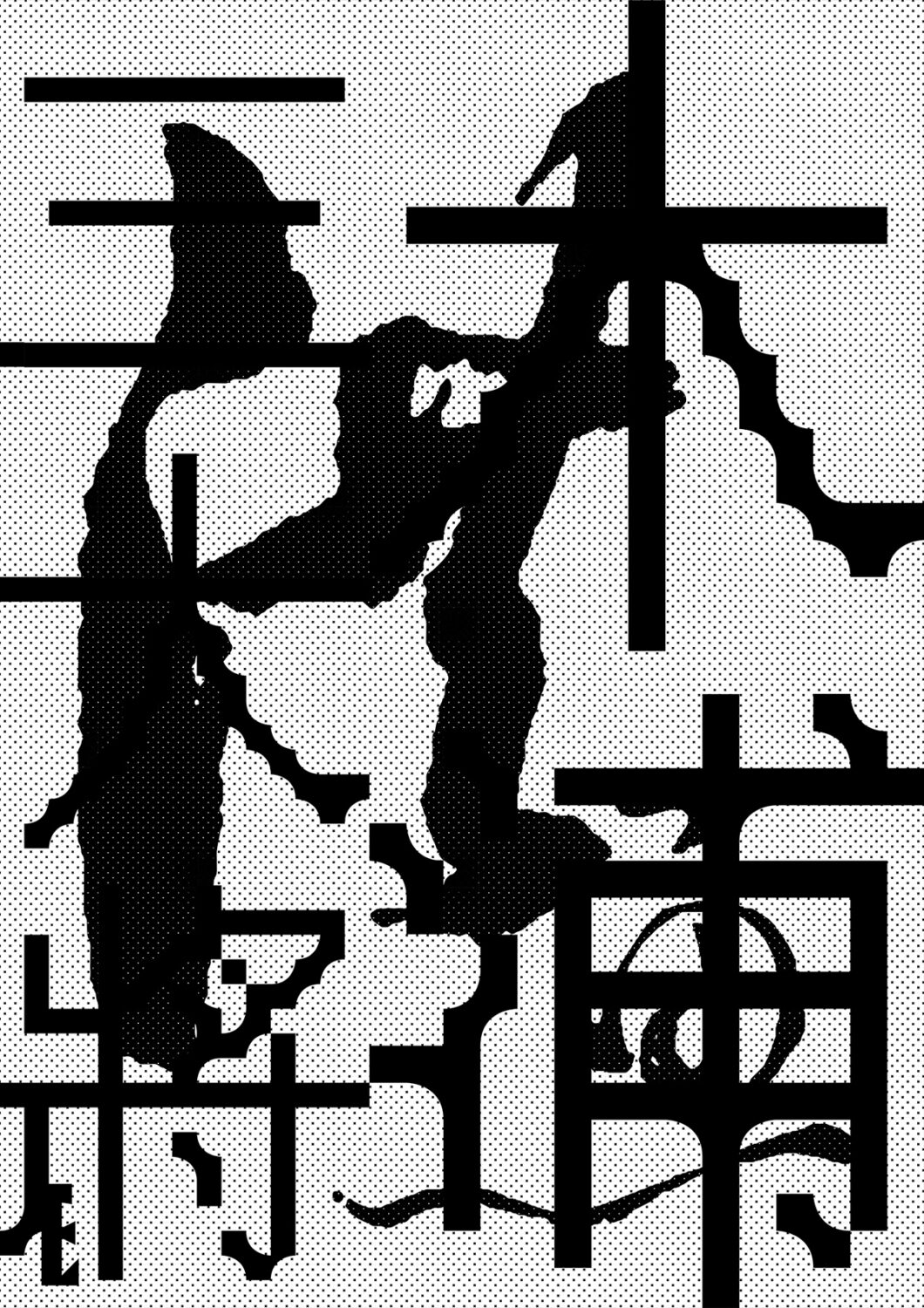
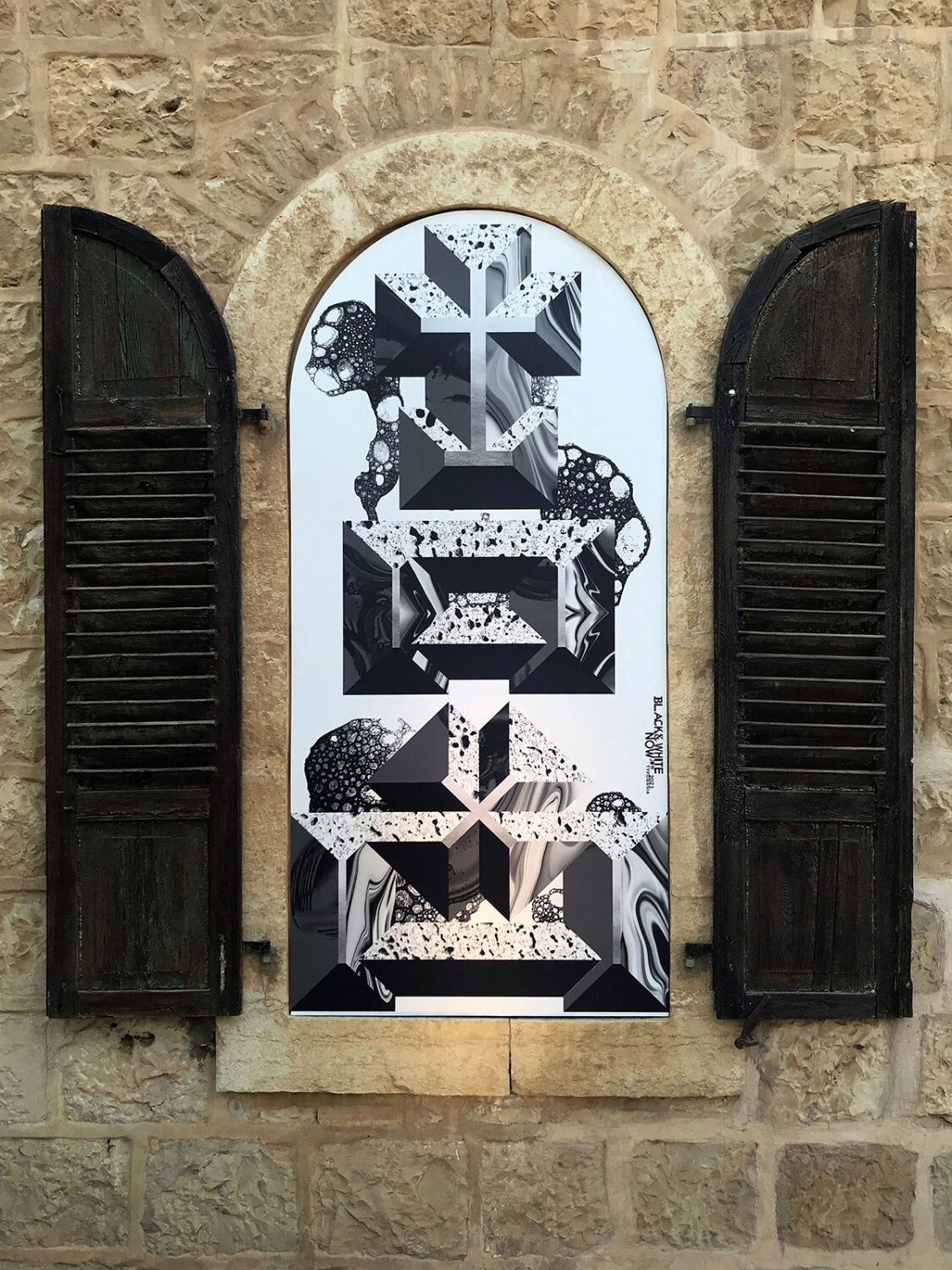
5. As a graphic designer, staying inspired and exploring new creative influences is crucial. How do you personally stay inspired and continue to push the boundaries of your work? Are there any specific sources of inspiration or practices that you rely on to fuel your creativity?
굉장히 많은 관찰을 한다. 그 관찰 속에서 일반적이지 않고, 뻔하지 않은 형태에 대해 매우 집착하고 캐치해 내려고 노력한다.
현 시대에서 표현자들은 무언가를 잘 그리기만하고 안정적으로 표현하는 것이 옳은 방향이라 생각하지 않는다. 오히려 다른 관점, 다른 요소들을 시각적 소비자 입장에서 더 긍정적이고 신선하며 임팩트를 줄 수 있는 지, 그게 표현되는 과정에서 궁금증과 호기심을 갖게 돼야 시각적 커뮤니케이션이 성공한다 생각한다. 그렇기때문에 내가 관찰한 요소를 시각적으로 보다 신선하게 기억될 수 있는 작품을 만들려고 노력한다. 일상 속에서 매일, 매 순간 그런 요소를 찾아내려하고 그 순간을 포착하여 어떻게 새로운 형태로 재해석하고 탈바꿈할지 표현주의적 관점에서도 다양한 방향으로 꾸준히 노력한다.
표현하고 싶은 형태들이 많고, 다양한 필드의 일과 접목시켜 시각화하려 노력하며 앞으로도 쭉 놓지 않으려고 정진하는게 원동력이지 않을까.
무언가를 미학적으로 해석하고 지금 시대의 테크니컬한 툴을 사용한 표현과 매체적으로 해석하며 그런 것을 항상 유념하여 작업의 머리부터 발끝까지 빌드업 해 나가는 것이 나한테 중요한 원천이자 계기이다.
Observation! Numerous observations.
In these observations, I aim to meticulously notice and capture forms that are uncommon and not readily apparent. In today’s era, it is no longer sufficient to simply possess strong drawing skills and create stable and well-constructed designs. Instead, I believe that visual communication can truly succeed when it evokes curiosity and interest from the viewer’s perspective, presenting diverse viewpoints and elements that have a positive and fresh impact.
That is why I strive to transform the elements I have observed into works that leave a more refreshing impression. In my daily life, I constantly search for these elements and capture those moments. And once I capture a moment, I explore various directions from an expressionist standpoint, seeking ways to reinterpret and transform it into a new form.
There are numerous forms that I desire to express, and I believe that the driving force behind this is my determination to visualise them by integrating them with work in various fields, refusing to let them slip away. Interpreting something aesthetically and technically, using contemporary tools and mediums, while always keeping this in mind, serves as an important source of inspiration and motivation for me throughout the entire process of creating my work.
Thank Chae for your answers and time. Follow on Instagram.
Like this feature? Browse more of our industry interviews here.

